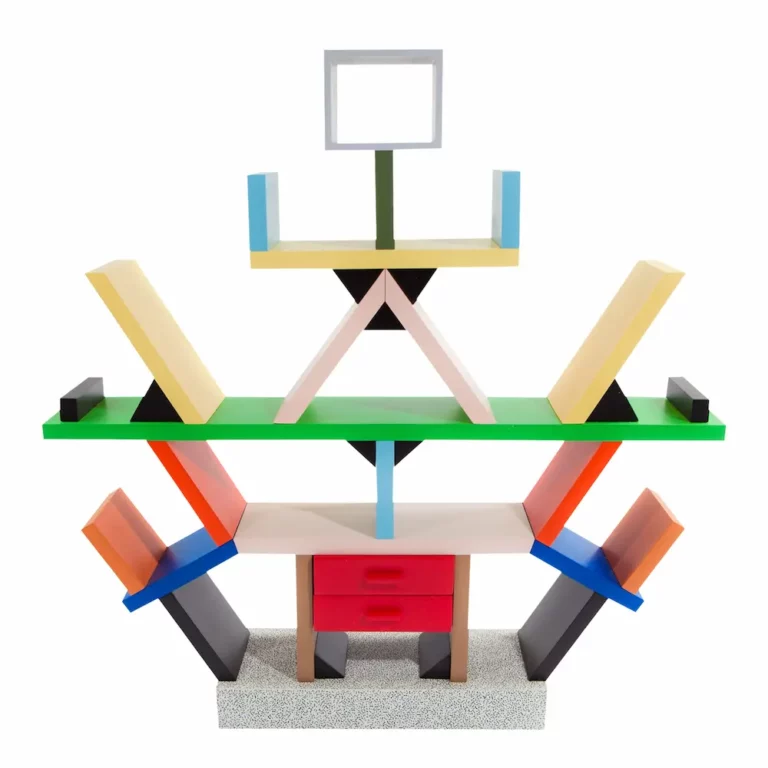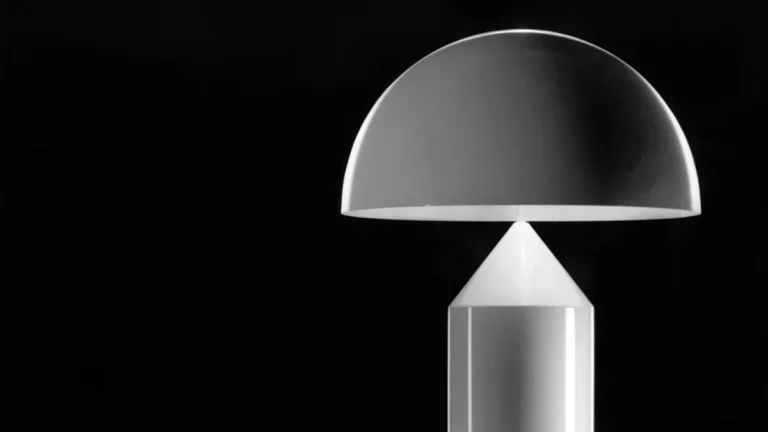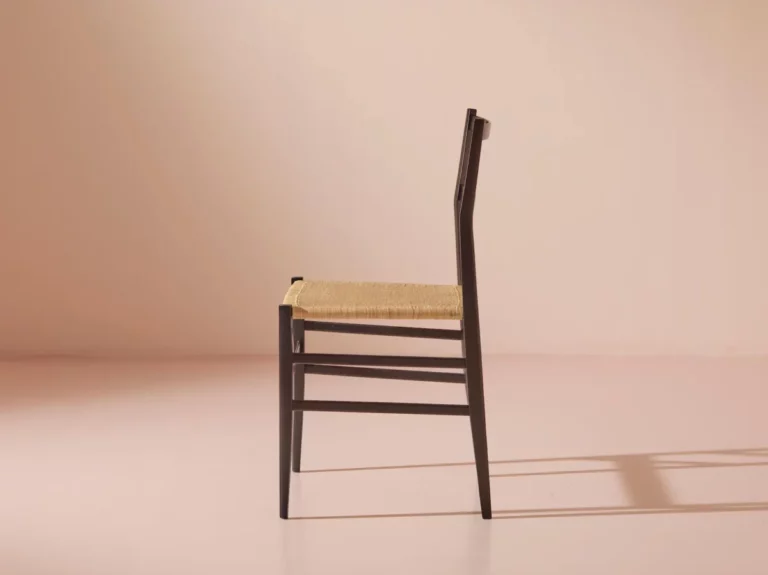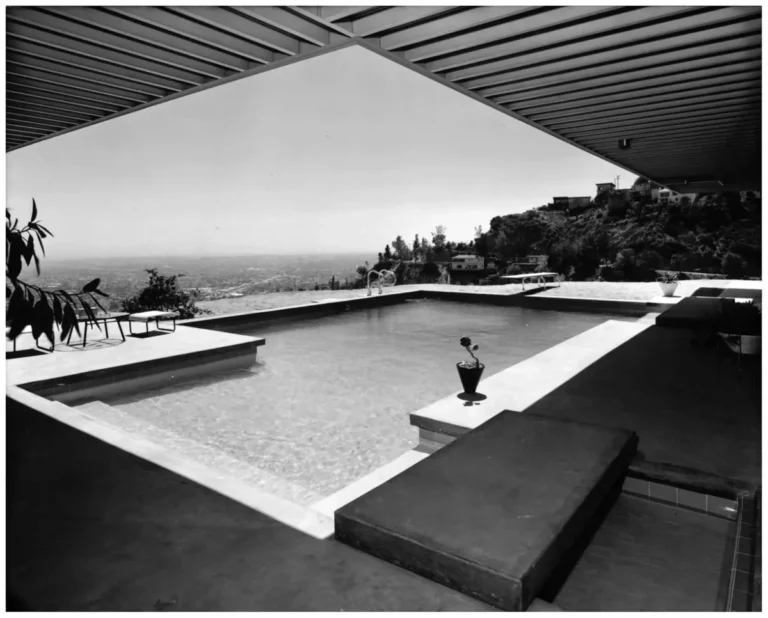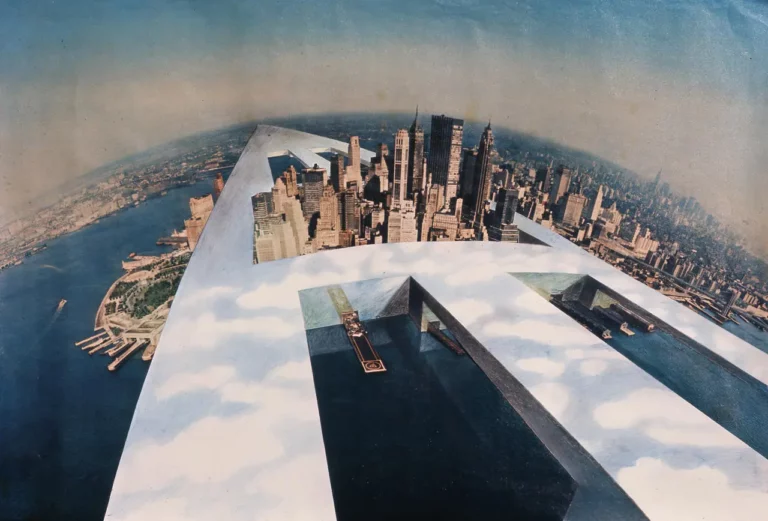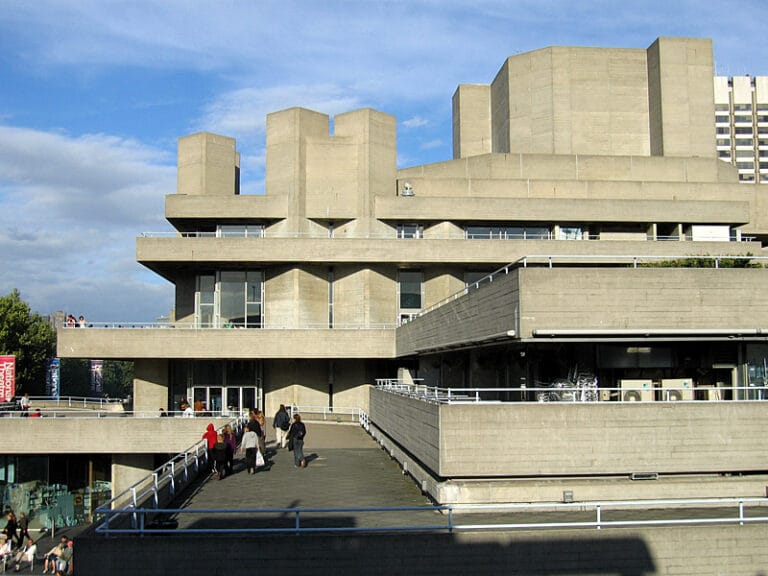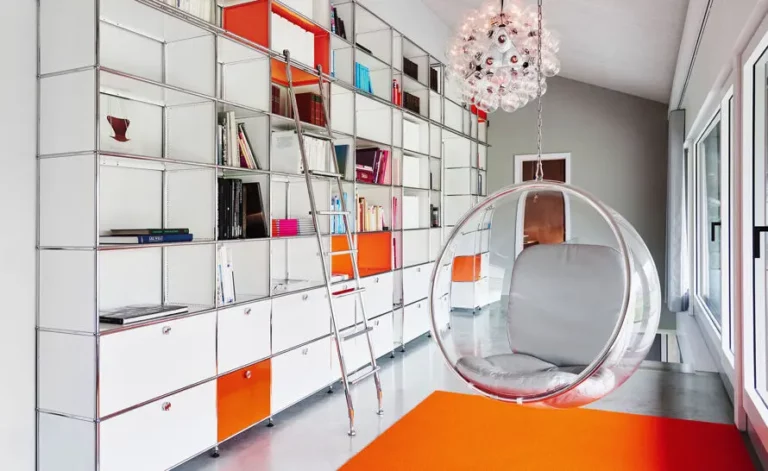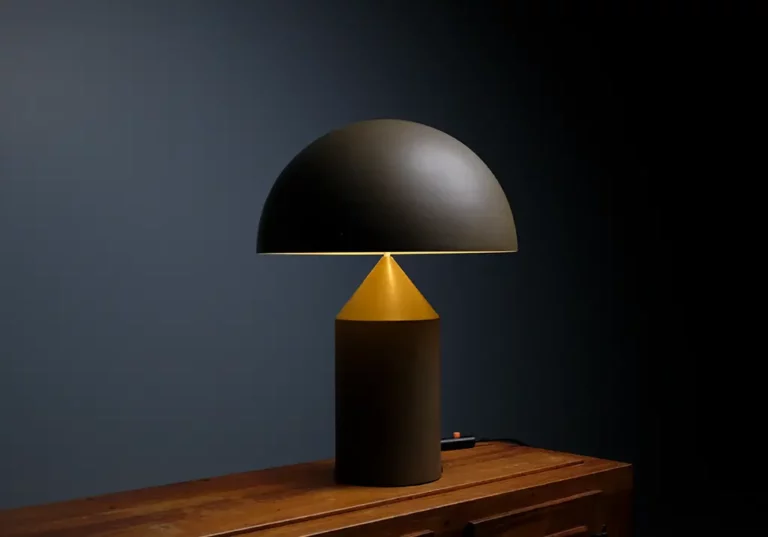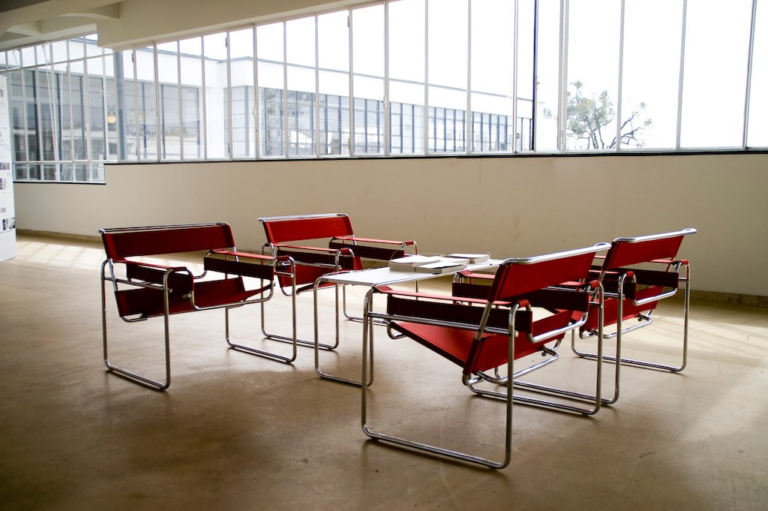The French Regency style (1715-1723): the (french) transitional style between Louis XIV and Louis XV
The Regency Style: When France breaks free from Versailles This silent but decisive revolution transforms our conception of French elegance. The first Régence curves already outline the future of rococo, while the last Louis XIV symmetries testify to a still-present past. The Regency style “Régence” in french, revolutionizes Western art by marking the transition between…


